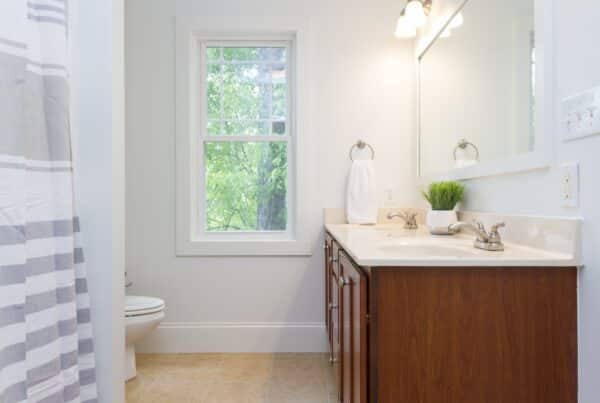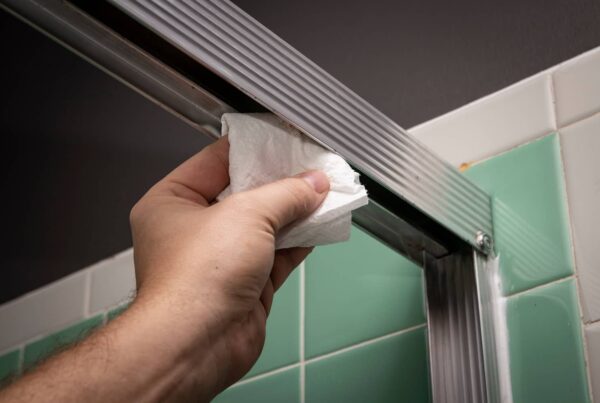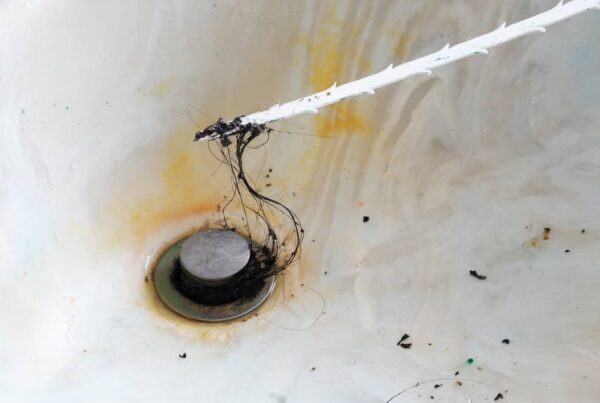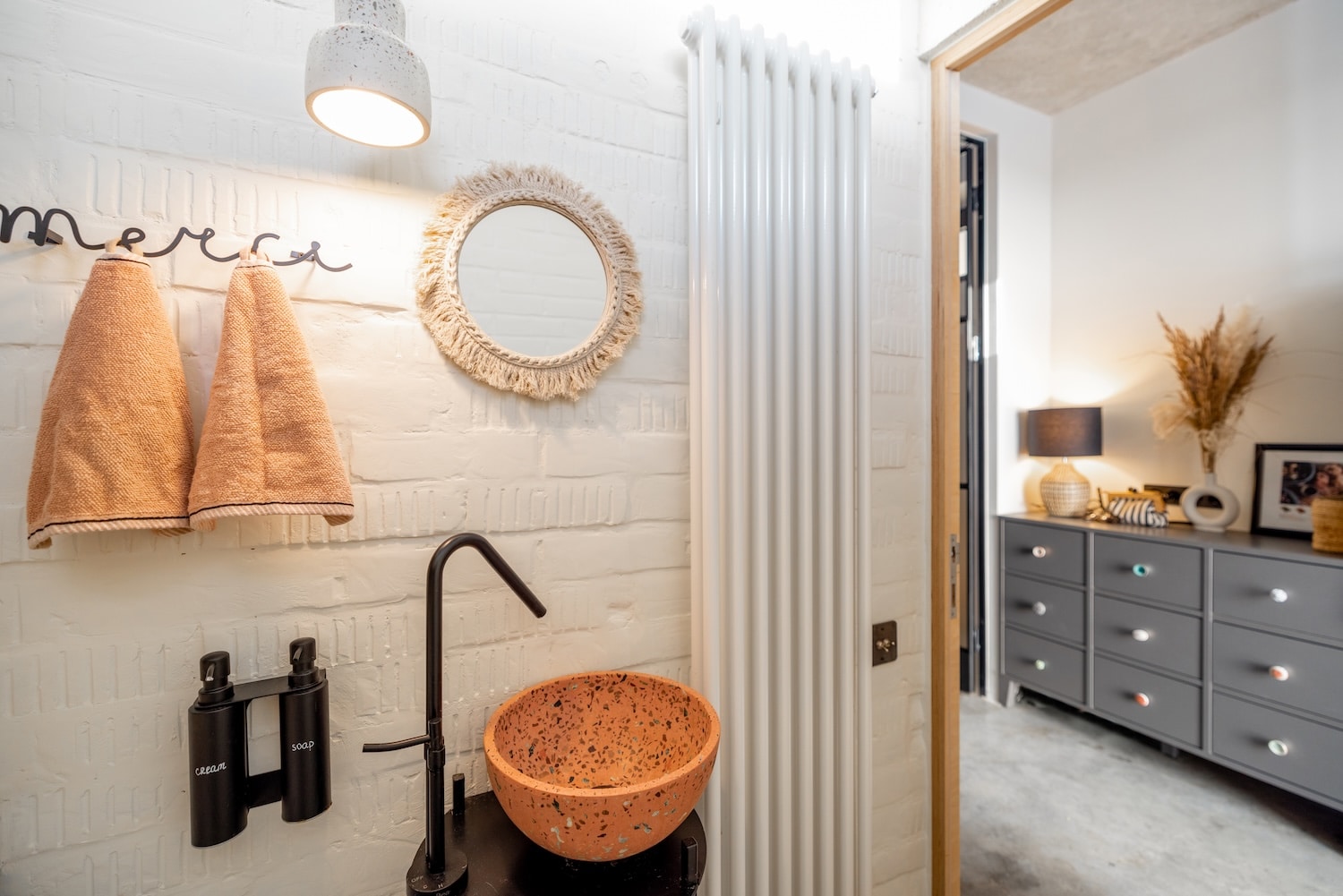
Mold in the bathroom is a common frustration for homeowners everywhere, and getting rid of it can be risky. The damp, warm environment provides perfect conditions for mold growth, so once it settles in, it can quickly spread.
Exposure can also lead to health issues like allergies, respiratory irritation, and worsened asthma symptoms, so removal and prevention are both important and time-sensitive. Luckily, understanding why mold keeps coming back and taking some smart steps to remove and prevent it can keep your bathroom clean and safe.
Why Bathrooms Grow Mold
Bathrooms are mold magnets because mold loves moisture and warmth—two things your bathroom always provides.
Every shower or bath creates humidity that settles on surfaces, especially in spots that stay damp for a while.
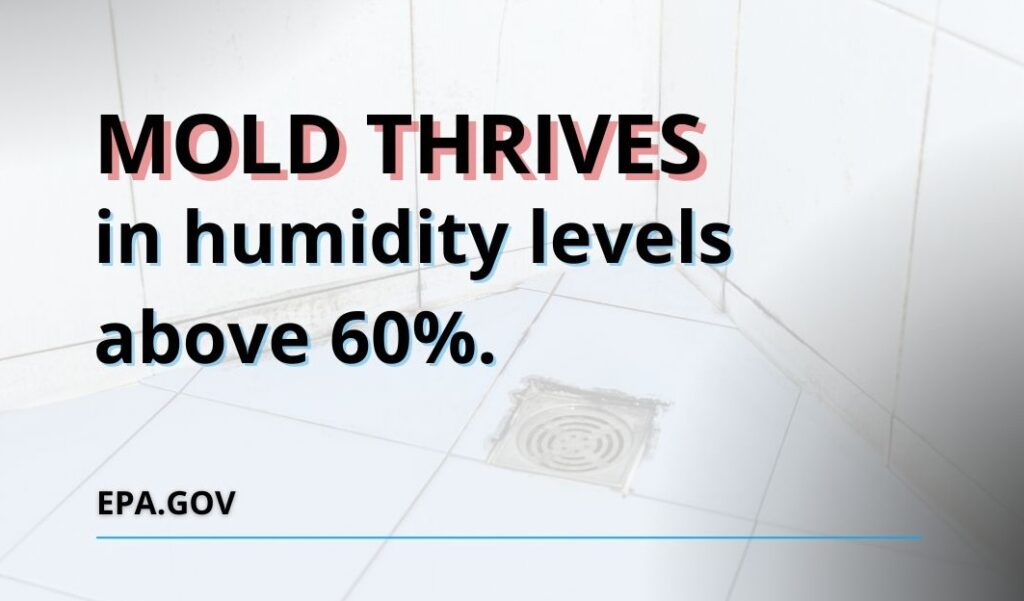
Common mold-friendly spots you might overlook:
- Grout lines between tiles
- Corners near tubs or showers
- Underneath sinks
- Behind wallpaper or beneath bathroom rugs
Mold thrives in humidity levels above 60%, so if your bathroom stays humid for long periods, mold growth is almost inevitable. Without proper ventilation, that moisture stays trapped and helps mold grow quickly.
Recognizing Mold Before It Spreads
Spotting mold early is the best way to avoid bigger problems—so here’s what to stay on the lookout for.
- Dark or colored spots: Mold often appears as black, green, or even pinkish spots around grout, tiles, walls, ceilings, and corners.
- Musty smell: Mold has a distinct earthy or musty odor, especially noticeable in enclosed spaces.
- Peeling or bubbling paint: Moisture trapped behind walls can cause mold to grow unnoticed, creating subtle discoloration or peeling paint.
Safely Removing Bathroom Mold
You can tackle small mold patches yourself with some simple methods.
- Vinegar solution: Fill a spray bottle with equal parts white vinegar and water. Spray the moldy area generously, let it sit for about an hour, then scrub gently and wipe clean.
- Baking soda paste: Mix baking soda with a small amount of water to create a thick paste. Spread it onto moldy grout or tile, leave it for 15-20 minutes, then scrub with a stiff brush and rinse.
- Store-bought mold remover: Choose a quality mold removal spray designed specifically for bathrooms. Follow instructions carefully, wear gloves, and keep your bathroom well-ventilated during use.
Remember, large or persistent growth areas need professional intervention.
Proven Ways to Stop Mold From Returning
Getting rid of mold is just the first step. Keeping it away takes some simple but smart and effective strategies.
- Improve airflow: Run your bathroom fan during and for at least 20 minutes after showers.
- Open windows: Airflow reduces humidity quickly.
- Wipe surfaces dry: Always use a squeegee or towel after showers to keep walls, floors, and corners dry.
- Use mold-resistant materials: Paint your bathroom with mold-resistant paint and replace caulk regularly.
- Monitor humidity levels: Keep your bathroom’s humidity below 60% by using a dehumidifier if necessary.
More Bathroom Maintenance to Reduce Mold Risk
Maintaining your bathroom in other ways can help get rid of mold and other moisture-related issues. First, make sure to keep an eye on the caulking. Replace cracked or peeling caulk around tubs, showers, and sinks when you notice it’s looking worn.
Don’t forget the bathroom exhaust fans, either! Dust and debris reduce their effectiveness.
Consistent, proactive maintenance makes your bathroom a healthier, mold-free space.
When to Call a Professional
Sometimes mold problems become too big to handle yourself, and that’s when calling in a professional makes sense. Consider getting help when:
- Mold keeps returning despite your best prevention efforts.
- It covers a large area or extends into drywall or ceilings.
- Mold-related issues such as ongoing moisture buildup or plumbing leaks continue despite your efforts.
Inspectors have specialized equipment and experience to find hidden mold, identify the root cause, and recommend effective treatments or other professionals to protect your bathroom and health.
Conclusion
Bathroom mold is common, but you shouldn’t wait to get rid of it. Spotting early signs, using simple removal techniques, and following prevention strategies can keep your bathroom mold-free.
If mold is stubborn or repeatedly returns despite your best efforts, it might be time for expert help. The specialists at All Coast Home Inspections offer detailed assessments of the whole home and objective advice on how to maintain safe conditions—reach out today.

